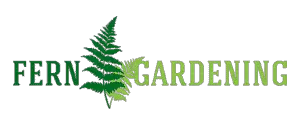Ferns are hardy and resilient plants, which can often spring up like weeds in out of the way corners of the garden. This has led to a belief that ferns are invasive – but is this reputation justified?
Ferns are not generally invasive, and the majority of varieties do not spread far beyond where they are planted. Two exceptions to this general rule are bracken and hay-scented ferns, which are fast-growing and aggressive spreaders, explaining their dominance in woodlands across the world. Other species can spread through creeping rhizomes or dispersion of spores, but most ferns are slow growing and easily managed.
Ferns can be separated into two main types when it comes to their growth patterns. The first are the “crown forming” ferns, which grow as a tight cluster of fronds that spring up from a central cluster of rhizomes and roots, emerging like a shuttlecock from the soil. The second type of ferns are those which grow with “creeping rhizomes” that spread widely through the surrounding soil, sending up new fronds as they go.
It can sometimes be difficult to distinguish these types, especially if the species is slow growing, or if the creeping rhizomes establish new crowns at a distance from the parent plant.

This complexity means that some research is needed into the growth habits of a fern that you would like to introduce to the garden before you go ahead and plant. Here are some popular ferns that need a little caution when it comes to how well behaved they will be in your borders:
Invasive ferns to avoid
The two big species to avoid are common bracken and hay-scented ferns.
Bracken is a particular problem in Europe, both for the aggressiveness with which it spreads, and the fact that it can be toxic to wildlife and people. Another downside to bracken is that the spores have been linked to cancer, meaning it should not be cut back in late summer when spores are releasing (though very prolonged exposure would be required for anyone to be at risk).
Bracken is easily identified by its rare frond structure, forming tall central stems with multiple side branches that have their own fan of pinnae (or leaflets), rather than the much more common fern structure of single fronds without lateral branching.
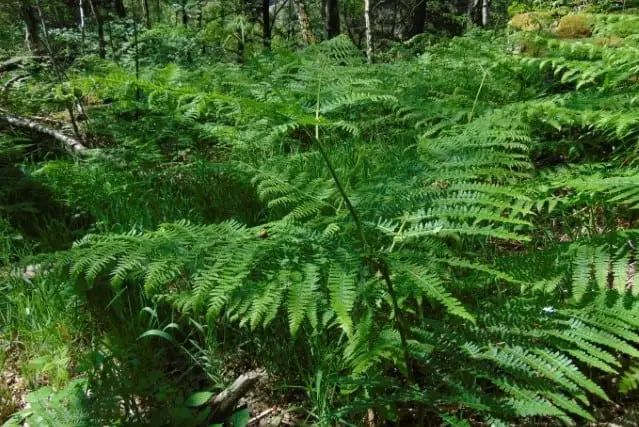
Common bracken
- Pteridium aquilinum
- Deciduous
- Prefers partial shade or full sun
- Height: up to 1 m
- Soil: acid, neutral or alkaline. Moist, well-drained.
It is unlikely that bracken would be welcome in the garden, unless your plot is very big and you are planting for good ground cover in wooded areas. If it does invade a smaller garden, it can tricky to eliminate.
Bracken can be pulled out, or dug up, but gloves should be worn as the stems can be quite tough and the fibers can scrape and graze. This kind of manual removal can work, but requires persistence, as the spreading rhizomes can be widespread. An alternative is to use weedkillers that attack the plant systemically (such as glyphosates). These are most effective when applied in the summer, once the fronds are mature.
Hay-scented fern is more common in the United States, and is not quite so obnoxious as bracken. It has the virtue that when crushed the foliage smells like freshly cut grass – hence its common name – and is not poisonous. It can be useful for bordering on large plots, or providing ground cover in shaded areas, especially if you want to discourage deer which find it repellent. But it must be managed very carefully.

Hay-scented fern
- Dennstaedtia punctilobula
- Deciduous
- Full or partial shade
- Height: up to 1 m
- Soil: acid or neutral. Moist, well-drained, and tolerates dry soil.
Hay-scented fern spreads quickly, forming a very dense drift of foliage that crowds out other plants. The creeping rhizomes will invade surrounding areas, overpowering other plants and suppressing growth of seedlings beneath the dense layer of fronds. It quickly becomes the dominant, if not only, plant in its territory.
To eliminate hay-scented ferns, the same management strategies for bracken will work well.
Common fern varieties that spread
So, those are the two biggest thugs that give ferns in general a bad reputation, but it is worth noting that some other popular garden species do need some care and management.
Ostrich ferns give spectacular crowns of broad fronds – resembling an ostrich’s tail feathers – providing a lovely sculptural element to the garden.
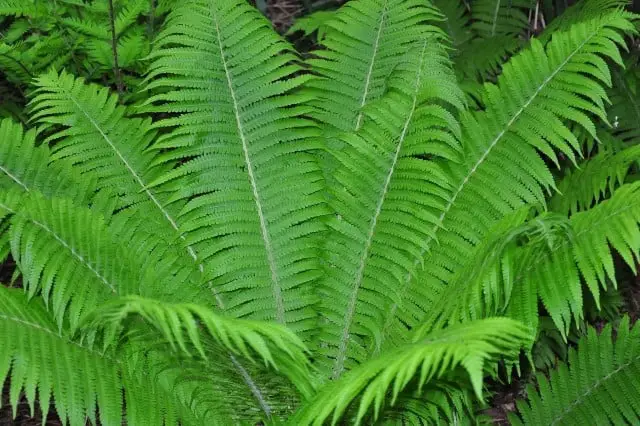
Ostrich fern
- Matteuccia struthiopteris
- Deciduous
- Full or partial shade
- Height: up to 1.5 m
- Soil: acid or neutral. Moist, well-drained.
However, the rhizomes do spread, and borders with ostrich ferns established can become peppered with new clusters within a few growing seasons. These can be dug out successfully, but do warrant a cautious approach if you were hoping for an isolated display.
Lady ferns have a similar tendency.
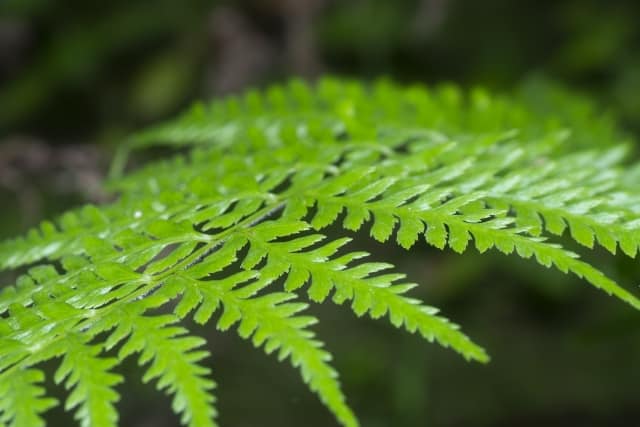
Lady fern
- Athyrium filix-femina
- Deciduous
- Prefers partial or full shade
- Height: up to 1 m
- Soil: acid or neutral. Moist, poor drainage tolerated.
Again, once one plant is established, it is common to find new clusters springing up nearby within a couple of years.
Another interesting case of a spreading fern is common polypody.
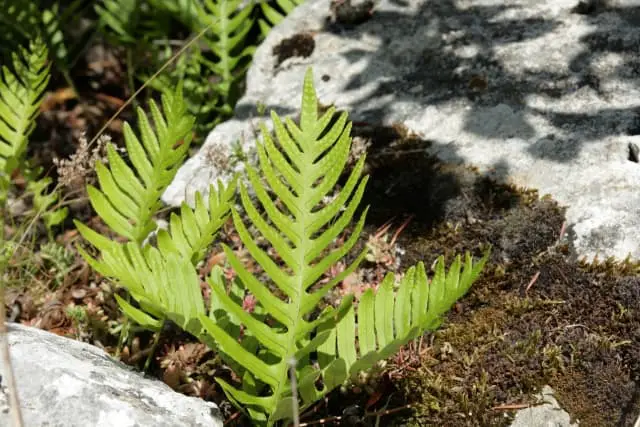
Common polypody
- Polypodium vulgare
- Evergreen
- Partial shade or full sun
- Height: up to 0.5 m
- Soil: Neutral or alkaline. Moist, well-drained.
Also known as adder’s fern, this is a low-growing fern that can spread through garden beds, but also over trees, walls and rocks. The creeping rhizomes for this fern are superficial and able to thrive on the most meagre of resources. So, although it spreads, it is not invasive, as it does not infiltrate the roots of other plants, or crowd them out in the competition for space and light.
This is not an exhaustive list. Many other ferns can also propagate through creeping rhizomes, but for the most part they cause little trouble – just like polypody. Most species are slow spreading, taking years to colonise a bed or border, and can be managed with minimal intervention. Given this time scale for growth and the limited size of most ferns, the potential incursion can be easily controlled by removing new crowns as they emerge.
In this way, fern wrangling is much like any other weeding.
Spreading by spores
Finally, it is possible that ferns may also have a reputation for spreading because their spores can find out-of-the-way nooks and sheltered spots where they can germinate – appearing as if by magic in an opportunistic niche. This can allow some ferns to colonise remarkably challenging spots.
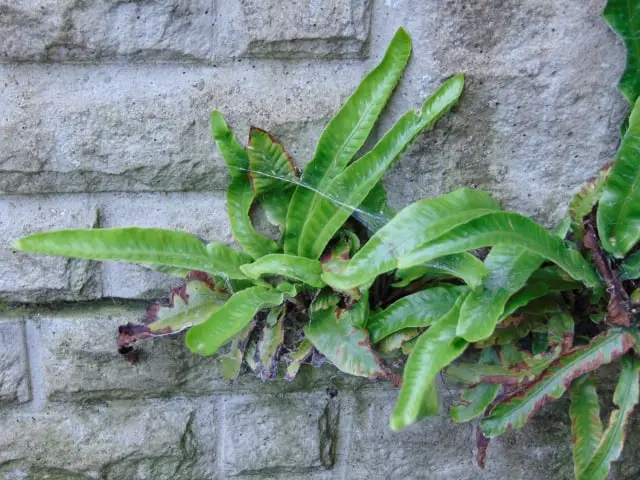
Spores can spread even crown-forming ferns further afield – much like any other weed. Not much can be done to prevent this, but the tendency for ferns to pop up in unwanted places does not compare with real garden troublemakers like dandelions, chickweed, or the dreaded bindweed.
Ferns do not deserve a reputation as invasive plants. Only a couple of species are real thugs. However, when planning your garden – and having rightly and wisely opted to add some elegant beauty with ferns – it pays dividends to check ahead on the likely final height, width and spread of the species you are considering, before you plant.
